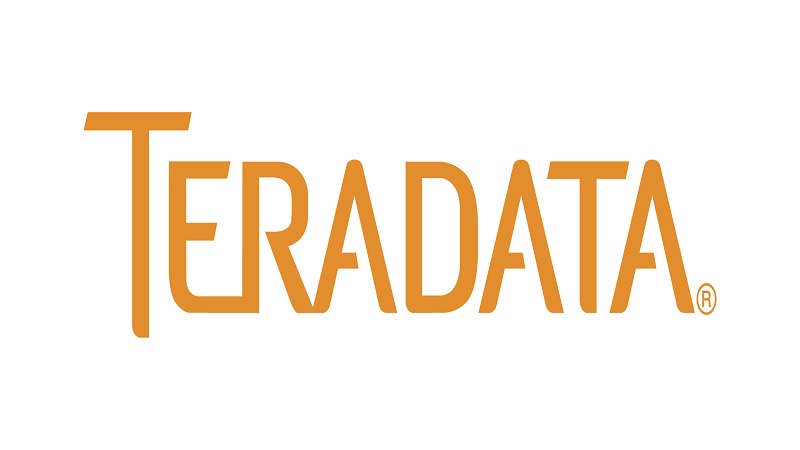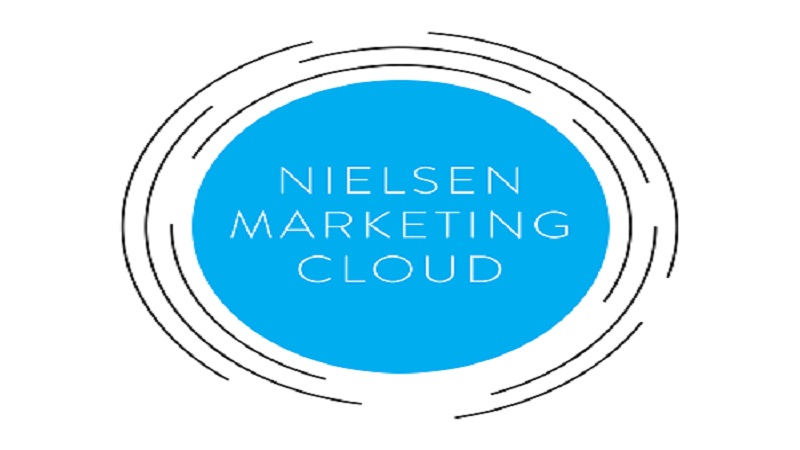The global analytics and measurement company, Nielsen, has launched its Nielsen Marketing Cloud in Europe to enable global and regional clients the opportunity to improve marketing outcomes and reduce media waste across multiple platforms.
The service – which is immediately available in the UK and France, with availability to Spain and Italy expected in the coming months – claims to deliver ‘unrivalled’ consumer data and analytics; in addition to a full-suite of first-party data management; cross-platform media planning; marketing activation and real time campaign analytics applications.
Mark Zagorski, EVP, Nielsen Marketing Cloud, commented: “Our mission is to empower marketers to deliver more efficient and effective cross-channel experiences for their customers no matter where they are. With this launch, our global and regional European clients can now plan, activate and analyse marketing initiatives across multiple channels, harnessing proprietary Nielsen data and applications that are unrivalled around the globe.”
The Nielsen Marketing Cloud will provide European clients insights around their key aggregated customer characteristics, such as; gender, demographics, age, shopping behaviour, life-stage, and product purchase intent. In turn, this will allow marketers to leverage these insights and build their audience segments and activate them in real-time across all major media and marketing platforms including mobile, online, ‘over-the-top’ TV, video, social media, email and content management systems.
Additionally, Nielsen says that the Cloud has one of the largest global predictive device graphs covering over six billion devices, enabling all clients to establish a single omnichannel view of their customers and greatly benefitting all multichannel marketing operations.
Andrew Muzzelle, digital media director at AIMIA and advocate of the Cloud’s capabilities, said: “The Nielsen Marketing Cloud enables us to access very accurate audience-data across myriad consumer traits like purchase consideration and shopping behaviour, and to programmatically reach these tailored audiences at scale in the UK.”
He continued: “With the Nielsen Marketing Cloud we’ve been able to drive efficiency and effectiveness in our digital advertising campaigns. i2c worked with the Nielsen Marketing Cloud to produce an award-winning Carling campaign driving an amazing 4.1X campaign ROI, providing proof of its value.”
European clients have access to Nielsen Marketing Cloud’s core suite of applications, which include the Nielsen Data Management Platform (DMP), Data-as-a-Service (DaaS) and integrations with over 150 third-party media and marketing applications. Furthermore, additional Nielsen and third-party applications such as Nielsen Media Impact for cross-platform media planning, and Sales Effectiveness solutions will be available to clients in the coming months.
The Nielsen Marketing Cloud is currently being used by Nielsen global clients across industries including food and beverage, personal care, pet care, wine and spirits, digital media, cinema, broadcast, out-of-home and retail.










